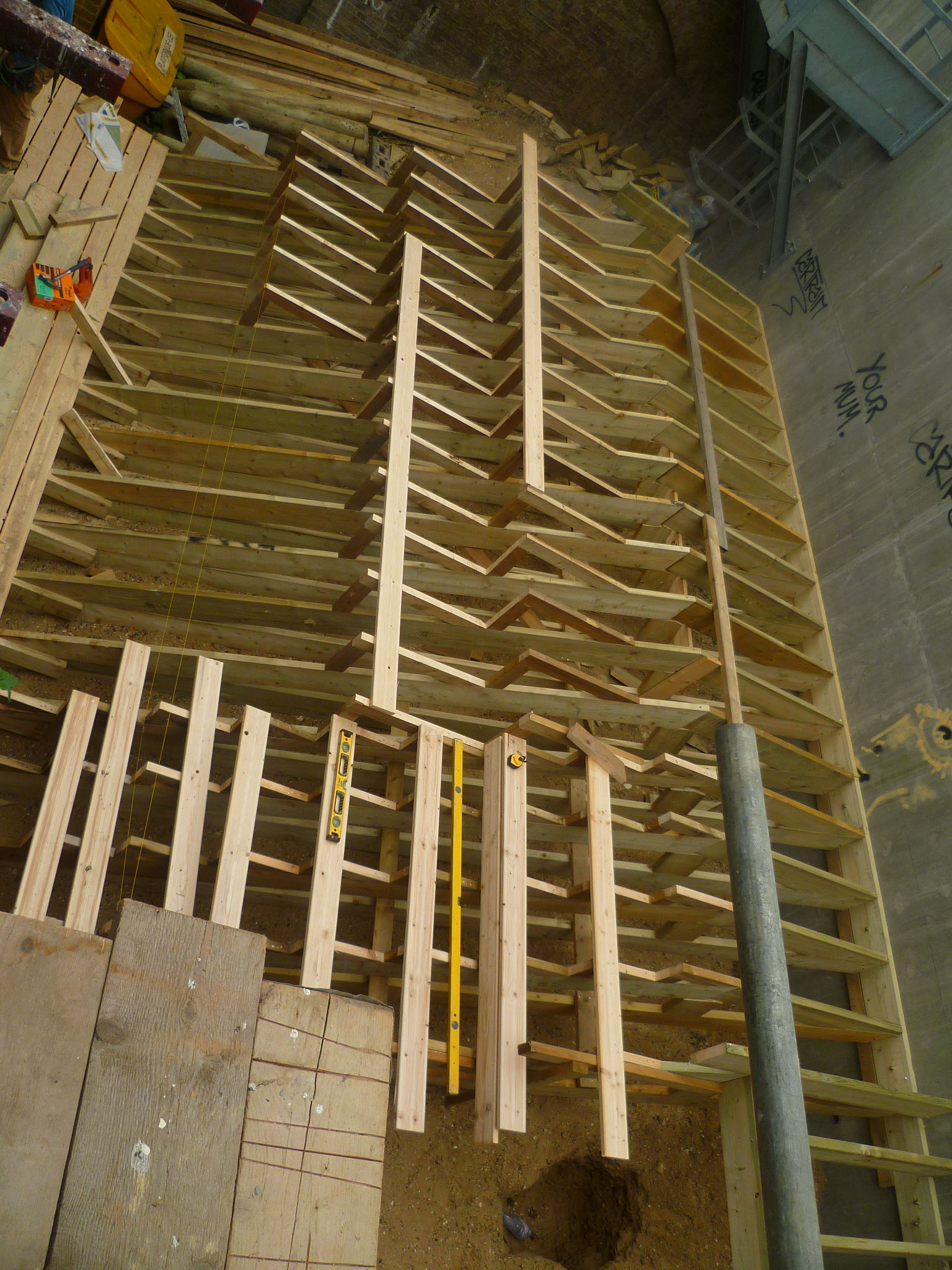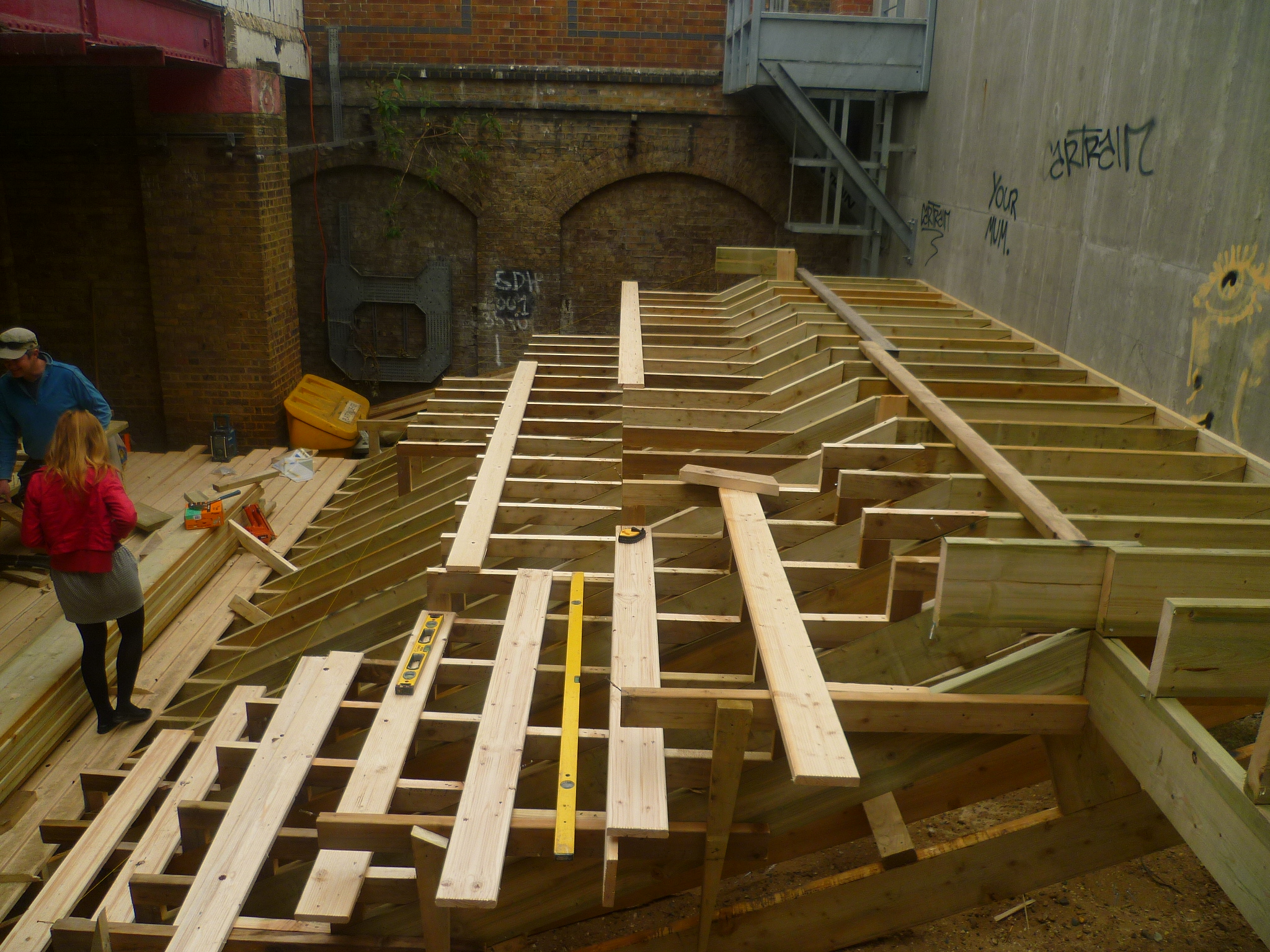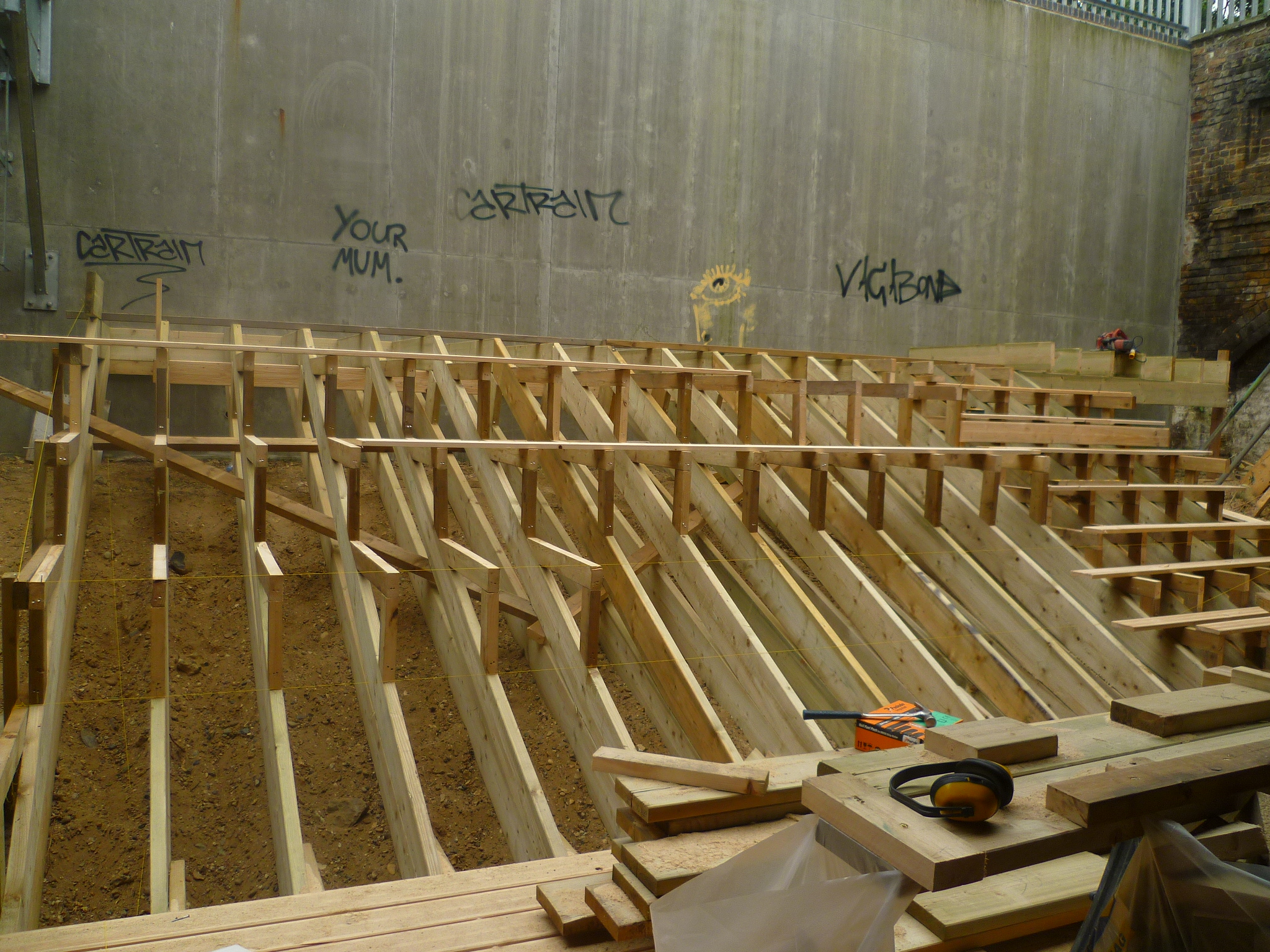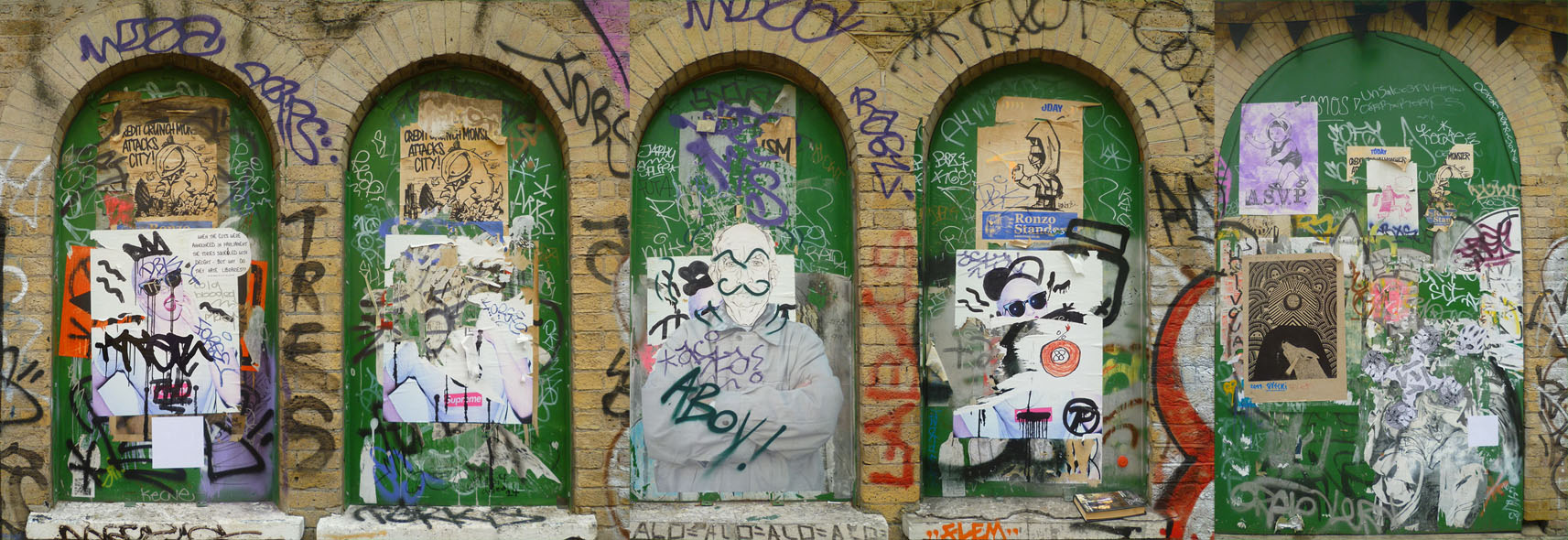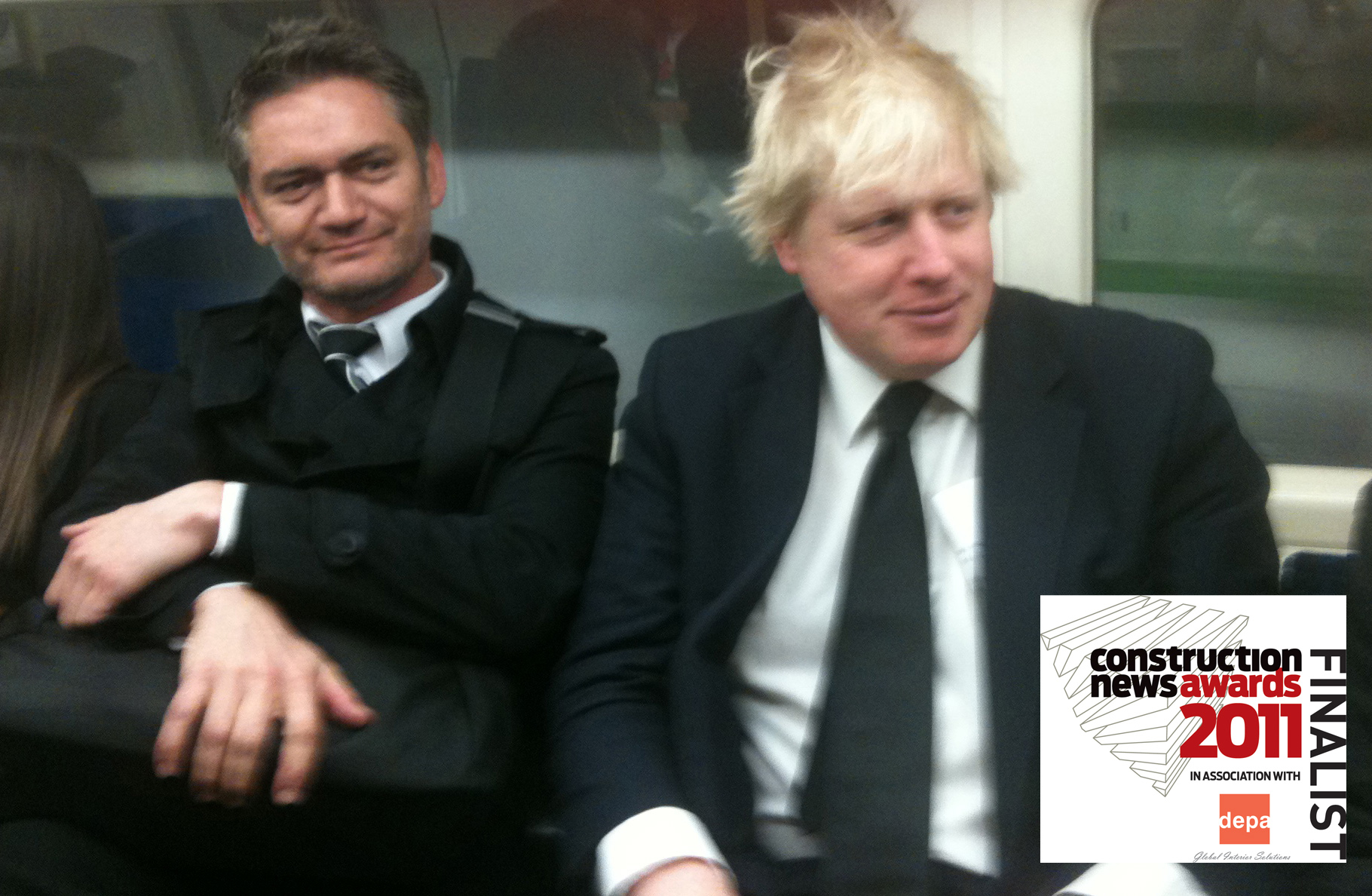128art_MixMag: Day and Night!
This Sunday sees Mixmag take over the brand new Shoreditch Underground – a never-before-used party space in the converted Shoreditch Station – for the first in a new series of parties called Mixmag: Day + Night. The massive underground event will see sets from Radio Slave, Nina Kraviz, Jozif, Mighty Mouse, Cage & Aviary and Nomi Ruiz (Of Hercules And Love Affair fame)…

000mot_Te Whare Maori
WHARE MĀORI
A thirteen part documentary series screening on Māori Television from Sunday, 8 May @ 8pm. Presented by Rau Hoskins (Ngā Puhi) a lecturer in Māori Architecture at Auckland’s Unitec and the Director of Design Tribe Architects, Whare Māori is an exciting new television series dedicated to exploring the unique history of Māori architecture as well as current and future trends… and features the WHAT_House On Motiti!
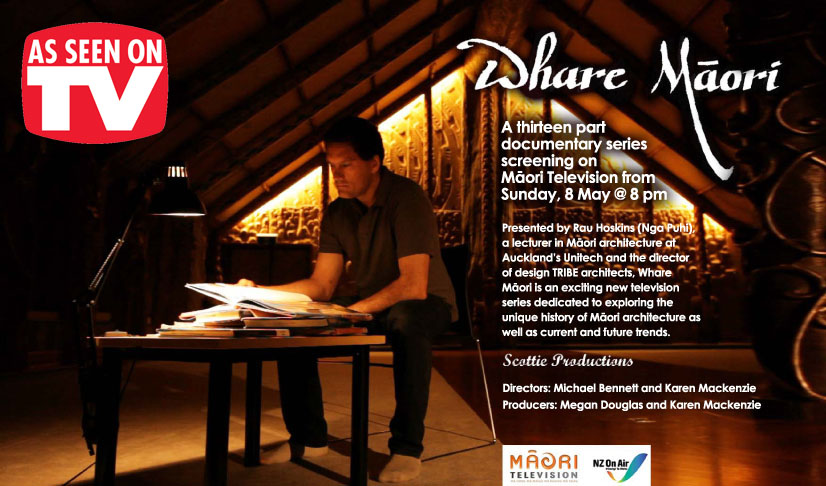


128art_The Railway Cinema
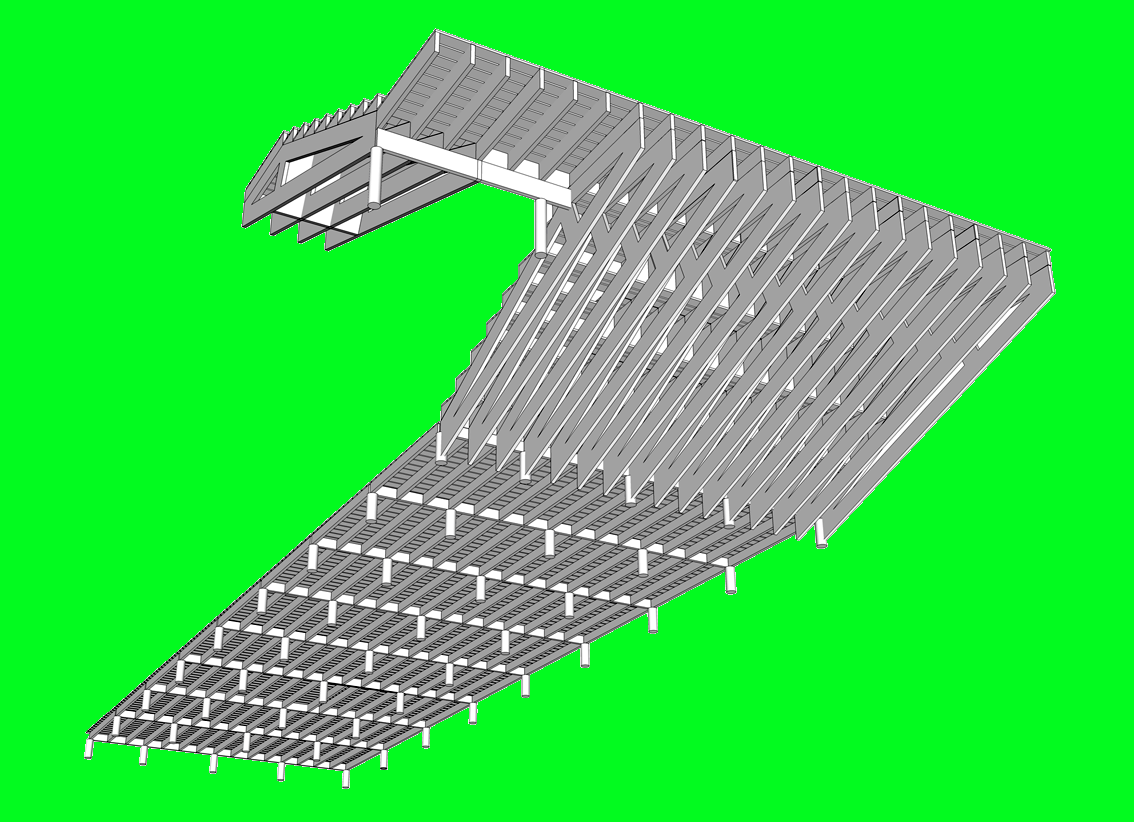
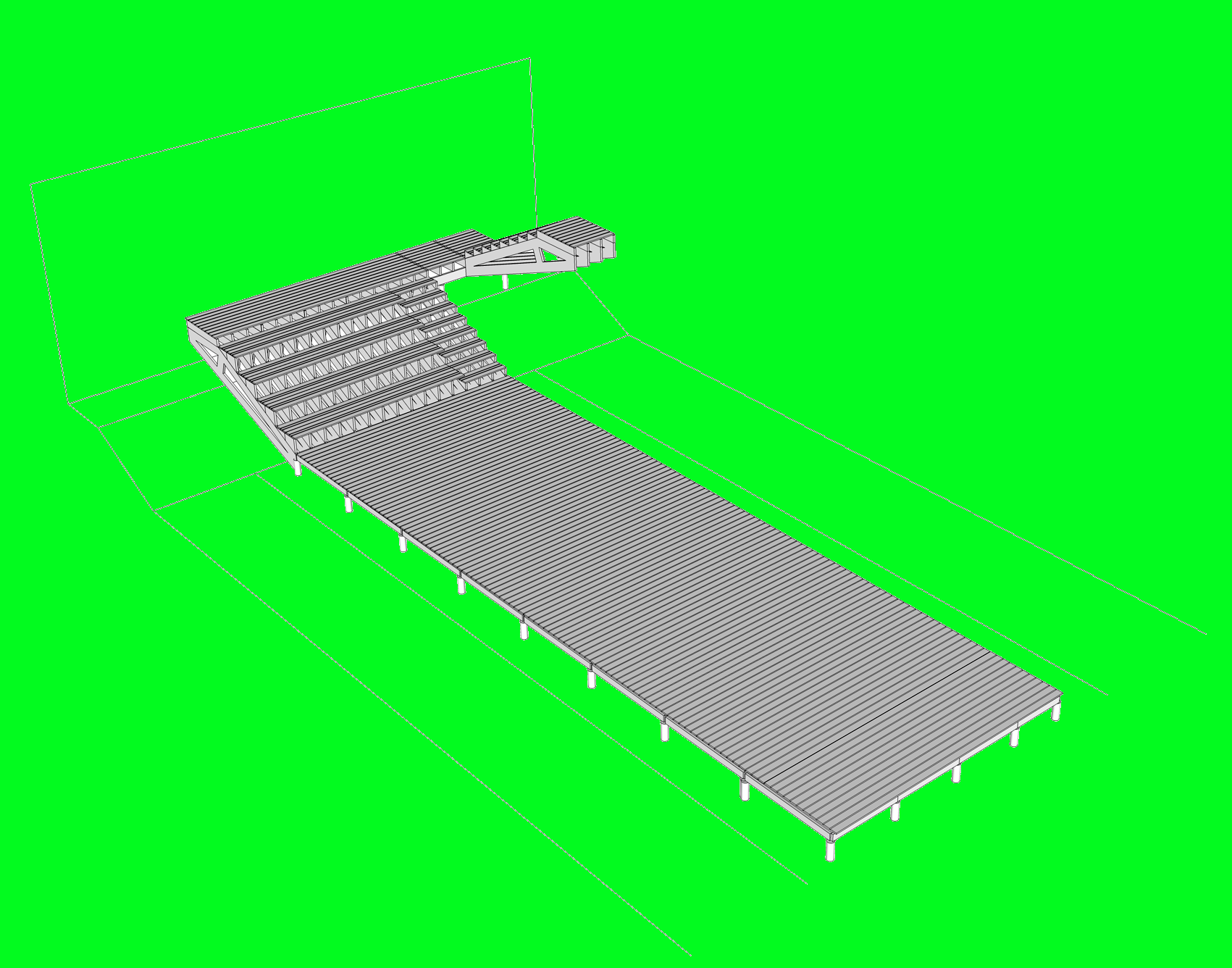
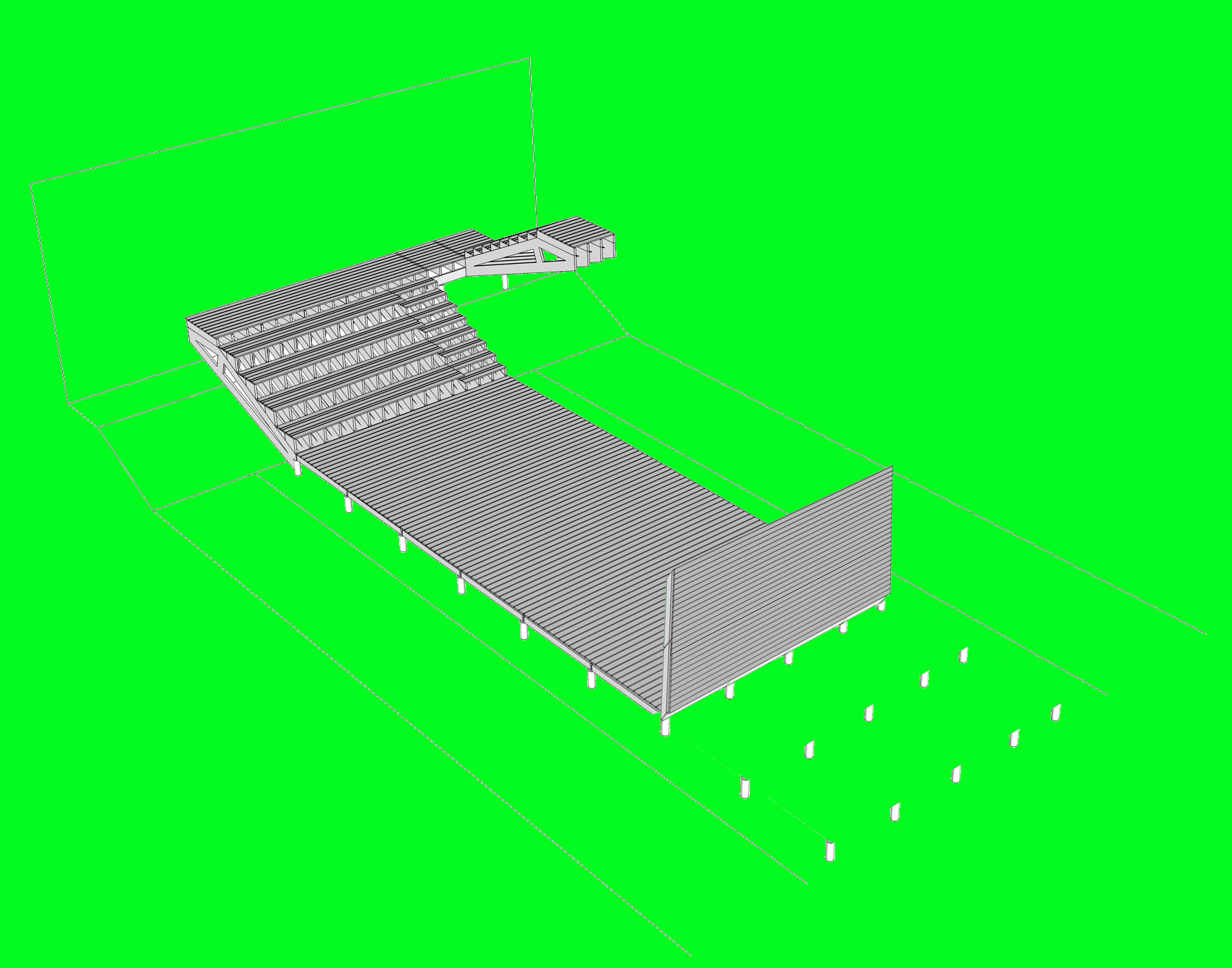 The outdoor cinema is being installed beneath the old railway station where the East London line trains used to depart from. What potential does the relation between film and the railways hold for this project? For starters, the use of trains or tracks, subways or stations, railway structures or railway employees in feature films is comprehensive: The List of Railway Movies compiled by Mike Trout & Mark Brader lists over 225 examples up to 1997… in association with www.nowtspecial.co.uk/
The outdoor cinema is being installed beneath the old railway station where the East London line trains used to depart from. What potential does the relation between film and the railways hold for this project? For starters, the use of trains or tracks, subways or stations, railway structures or railway employees in feature films is comprehensive: The List of Railway Movies compiled by Mike Trout & Mark Brader lists over 225 examples up to 1997… in association with www.nowtspecial.co.uk/
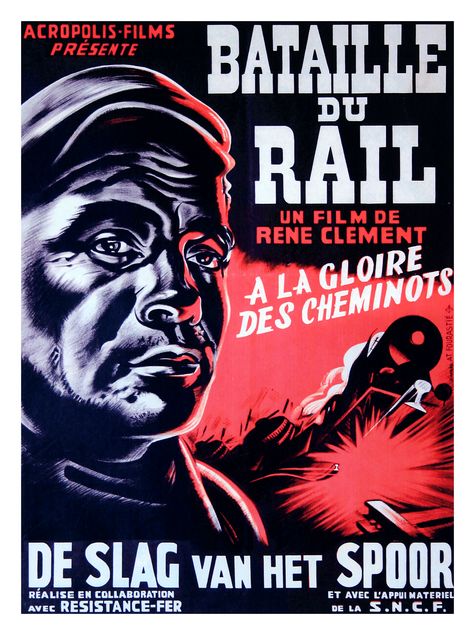
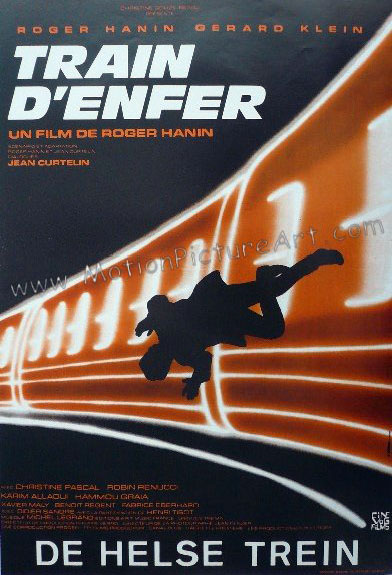
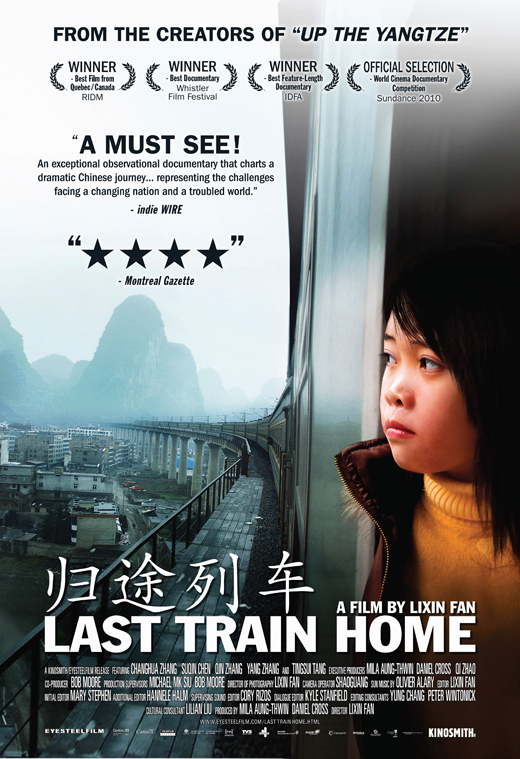
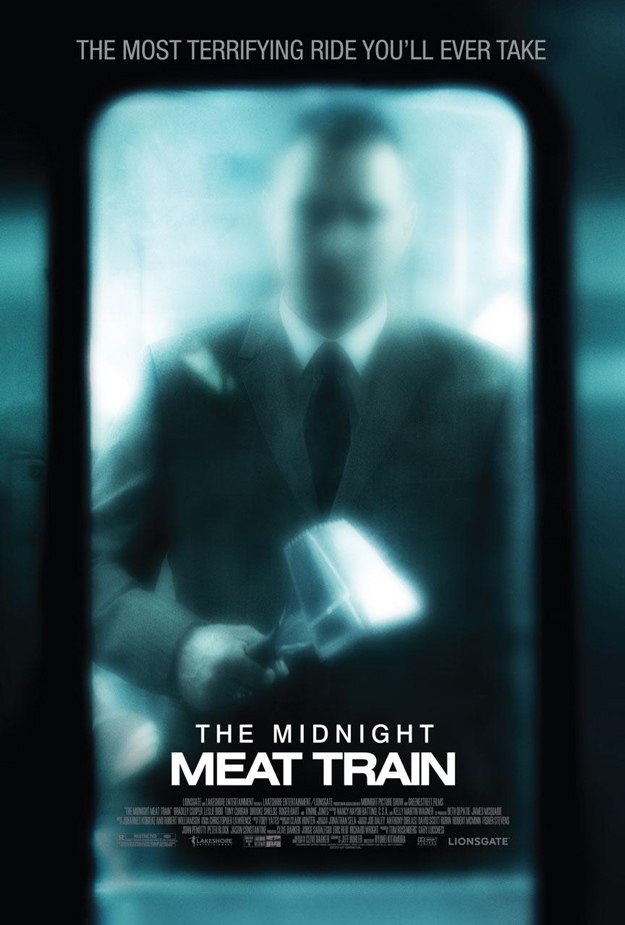
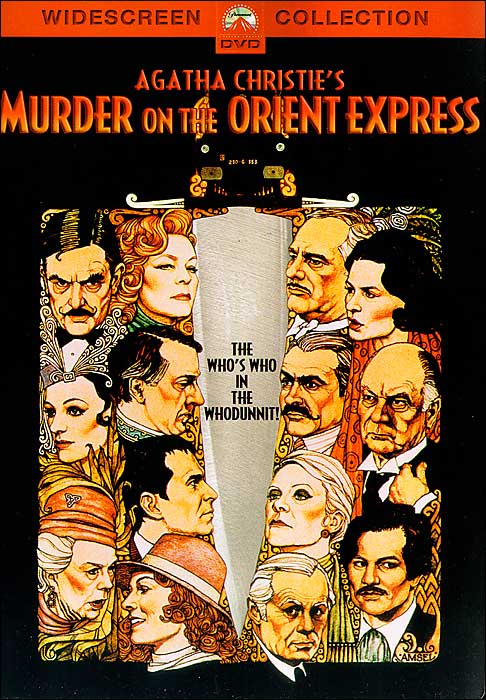
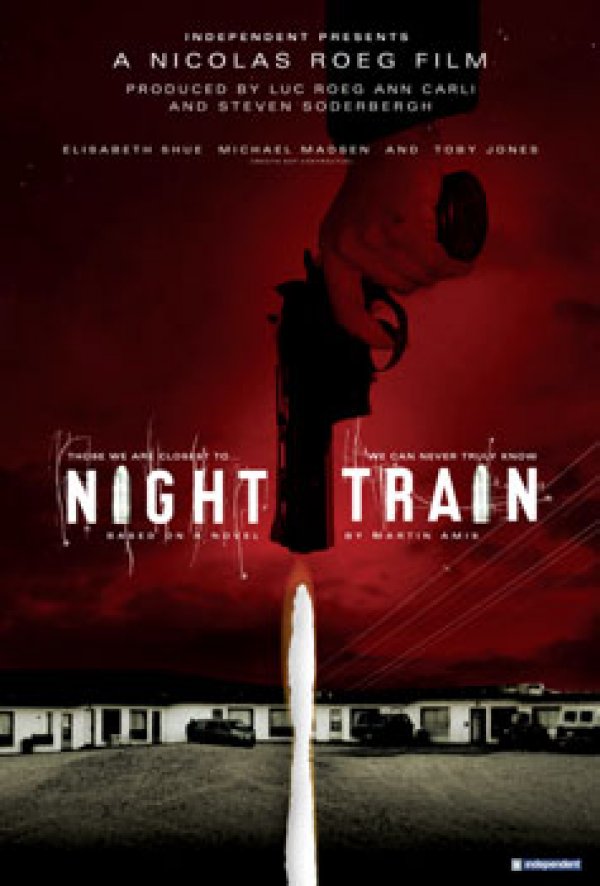

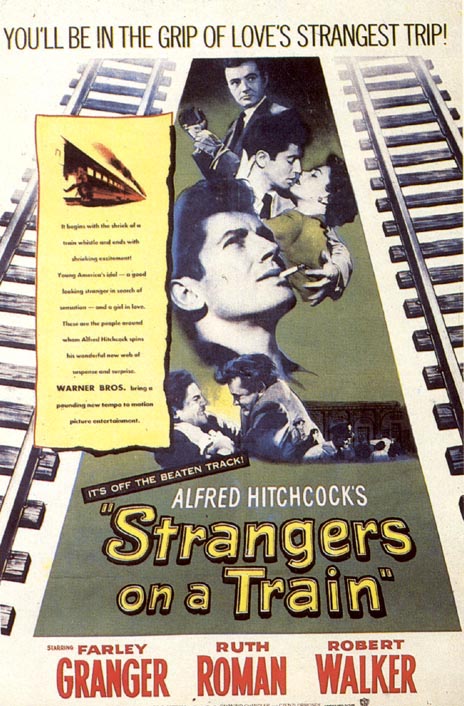
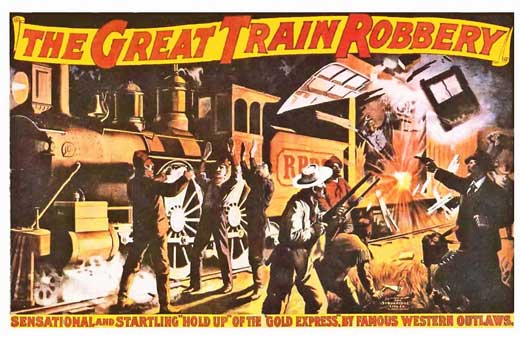
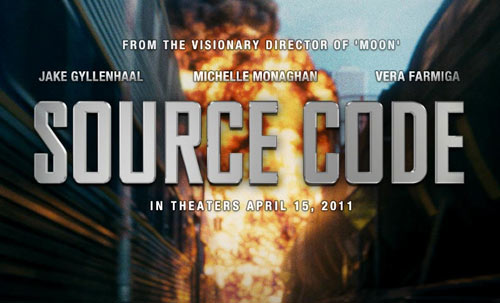
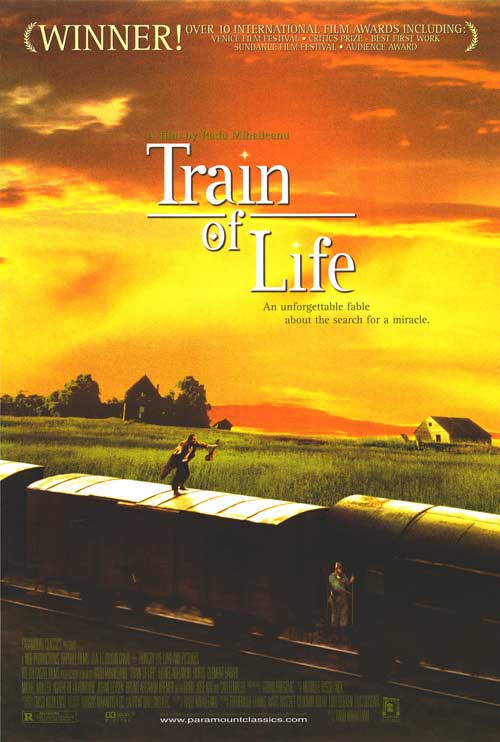
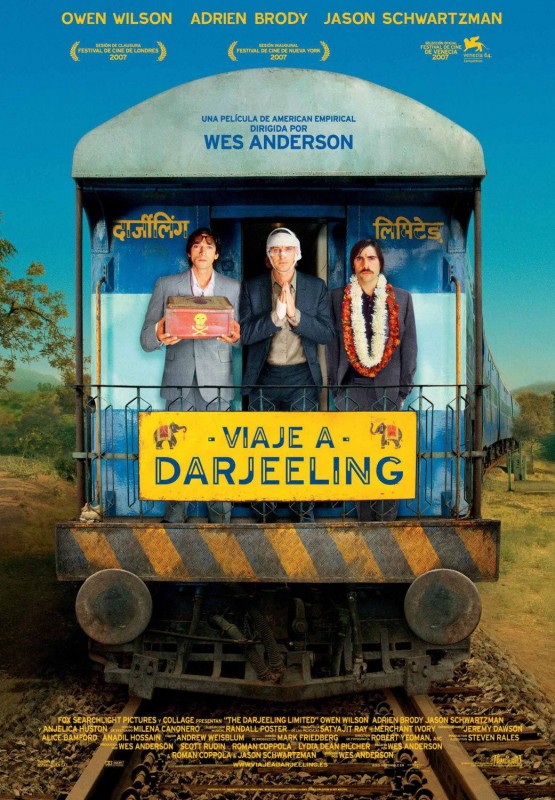 In the days before iPods, texting, Kindles and Nooks, people actually talked to each other on public transportation. The loss of this innocent small talk is generally looked at as a bad thing, but there’s at least one plus to our modern way of doing things: the risk of accidentally implying to your neighbor that you will kill his father if he murders your wife is much smaller now. That’s the setup for 1951 film Strangers on a Train, one of Alfred Hitchcock’s most devilish thrillers. After this opening sequence, the film is distressingly train-free, but Hitch makes up for it by doubling up on the transportation thrills, staging the film’s climactic confrontation on a runaway carousel.
Finally, this leads to the possibility of the cinema as a projective art space: where the audience make their own railway film: rolling!
First stop: London Underground.
Second stop: Cottbus, Germany.
Third stop: Pleasure Beach, Blackpool.
In the days before iPods, texting, Kindles and Nooks, people actually talked to each other on public transportation. The loss of this innocent small talk is generally looked at as a bad thing, but there’s at least one plus to our modern way of doing things: the risk of accidentally implying to your neighbor that you will kill his father if he murders your wife is much smaller now. That’s the setup for 1951 film Strangers on a Train, one of Alfred Hitchcock’s most devilish thrillers. After this opening sequence, the film is distressingly train-free, but Hitch makes up for it by doubling up on the transportation thrills, staging the film’s climactic confrontation on a runaway carousel.
Finally, this leads to the possibility of the cinema as a projective art space: where the audience make their own railway film: rolling!
First stop: London Underground.
Second stop: Cottbus, Germany.
Third stop: Pleasure Beach, Blackpool. 
128art_UR HOUSE IS ON FIRE!
128art_ will incorporate telephonic technologies to safeguard properties and protect lives including SMS smoke alarms and SimCam burglar alarms…



069hil_Construction News Awards 2011
Best Project Under £10m
|
Open to all UK projects with a budget value of up to £10m that achieved practical completion, or equivalent, between November 2009 and March 2011. Entrants are construction teams who deserve recognition for the high standard of work, adherence to budget and client satisfaction in a healthy and safe working environment (WHAT_architecture’s Cowley St Laurence Church of England Primary School and Children Centre)
|

128art_talking buildings! Graffiti as a legitimised form of public consultation?
Old Shoreditch Station’s impromptu street art facade is attracting art tourism. This raises the possibility of graffiti as a legitimate form of public consultation and how, historically, buildings have been used to communicate.
Talking buildings. Modern graffiti as a form of urban inscription appears to date from ancient Greek city of Ephesus (in modern-day Turkey) where historians suggest this was a form of advertising for prostitution. If so, this seems rather apt given that the alleyway leading to Old Shoreditch Station functions as an urban pissoir cum art gallery with soiled mattresses to boot… TBC


 The architect’s signature / autograph transferred to building as a tag.
The architect’s signature / autograph transferred to building as a tag.




 The architect’s signature / autograph transferred to building as a tag.
The architect’s signature / autograph transferred to building as a tag.



127sho_DELIRIOUS BRICK LANE
With the rise of modernism in the 20th century “Programme” became the key theme of architectural design. The notion of Programme involves “an act to edit function and human activities” as the pretext of architectural design: epitomised in the maxim Form follows function, first popularised by architect Louis Sullivan and Nicolas Cisneros at the beginning of the 20th century. The notion was questioned by Koolhass in Delirious New York, in his analysis of high-rise architecture in Manhattan. An early design method derived from such thinking was “cross-programming”, introducing unexpected functions in room programmes, such as running tracks in skyscrapers…. the East London extrapolation being mosque penthouses.


000off_the urban turntable!?
A 12″ roundabout by Native Instruments, Berlin.
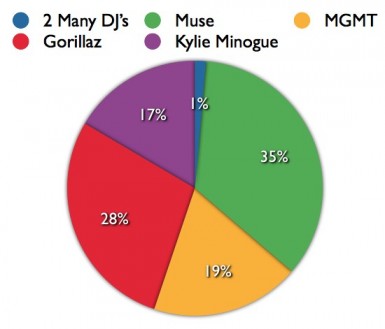
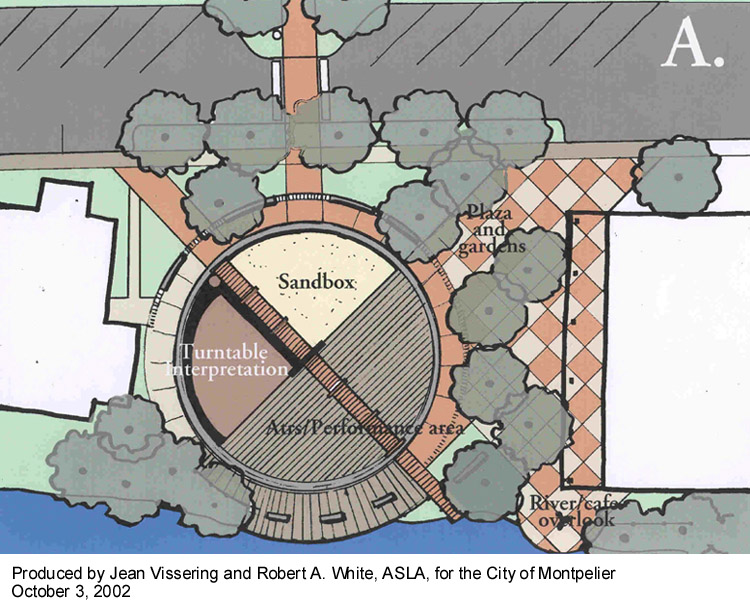 Vissering and White’s turntable structure is the focal point of a park design in Montpelier.
Vissering and White’s turntable structure is the focal point of a park design in Montpelier.


 Vissering and White’s turntable structure is the focal point of a park design in Montpelier.
Vissering and White’s turntable structure is the focal point of a park design in Montpelier.




